Self-Published
Self-Published

It begins in your bank and extends to your throat
This text begins with the mishearing of a word. It starts from the place of inconvenience and unravels a hearing not contained within one fixed conversation. A hearing that has been expanded into a writing that begins in your bank and extends to your throat when its language heard writes itself into and onto the muscles.
It begins in your bank and extends to your throat ruminates on how digital algorithms turn words into capital, disciplining language and the body. Its writing explores how search engines link profitability to vocabularies and how productivity dictates posture, raising whether we can separate language and our bodies from economic structures.

Riding In Silence & The Crying Dervish
The work of Iranian-Belgian artist Mashid Mohadjerin (°1976, Teheran) is an intricate tapestry of personal and collective memory, weaving together photography, text, video, and archival material to explore themes of displacement, resistance, and identity.
Family chronicles merge with momentous political events and are set against the background of a broader history of the MENA-region. Mohadjerin uncovers invisible nuances hidden beneath the extraordinary and the familiar.
In Riding in Silence & The Crying Dervish (2025), Mashid Mohadjerin draws from the depths of her family history, unraveling the echoes of migration, forced departures, and the quiet endurance of those caught between worlds. The book builds on her previous work, Freedom is Not Free (2021), where she explored the role of women in movements of resistance across the MENA region. However, in this latest series, she turns her gaze towards the intersection of masculinity, political ideology, and displacement, examining how historical forces shape personal narratives in ways both visible and unseen.

Saint is its/Conviction
13 poems of various length.
"I have used a procedure to write them and I am happy to share it, but it isn't what's most important about these poems. The subject matter that, I eventually realised, they share to the extent of justifying bundling them up in one pamphlet is religiosity, what stands between belief and act, be it faith or trust."
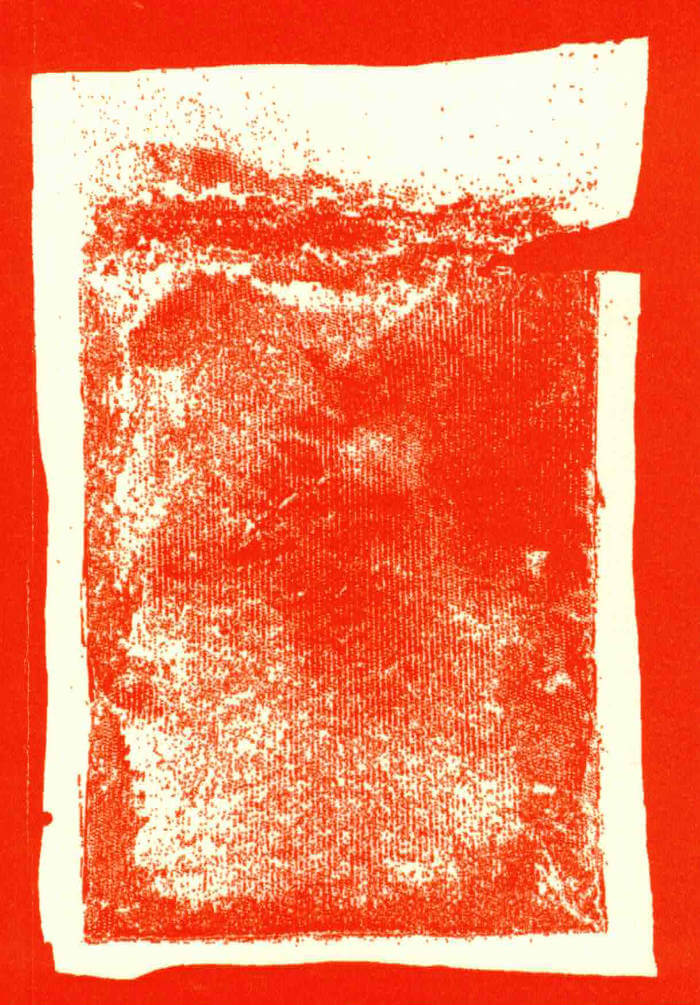
More Than Chilli
Chilli is one of the most popular food ingredients in contemporary China, and symbolic of modernisation. More Than Chilli goes beyond its trendy façade to explore Chongqing, known for its tradition of spicy food. From the perspective as a local, Rossy Liu reflects on her own personal memories associated with chilli. A combination of fragmented scenes, objects, dialogues, movements and sounds are drawn on to unravel the locality of culinary identity. While chilli has become a ubiquitous flavour in today's global society, the book emphasises the hidden intimacy that still exists between Chongqing locals and their unfiltered connection to chilli.

It goes like this
It goes like this: lower and lower and lower and... Bring down all these towers! You're sinking into this. I'm alone and we don't care. Am I just passing time?

Tender stains 03
tender stains is a seasonal poetry zine that explores poetry as stains of memory and time. each issue moves through the seasons, holding memories as it does. every issue takes on a new physical format.
issue 03, 'a winter memory', brings the words of elida silvey, kankisi apaak, willow swan, naja surattee, dilara koz and molly maltman in a compact envelope holding an arrangement of papers.

Tot Zines #1
TOT ZINES collaborates with local artists in Antwerp, Belgium. Initiated by Sarah Stone in 2024, who invited digital creator Sarah Mayer to publish her set of paintings zing that she created in 2017. This is the first publication for TOT ZINES, RISO-printed by SO-RI in Antwerp.
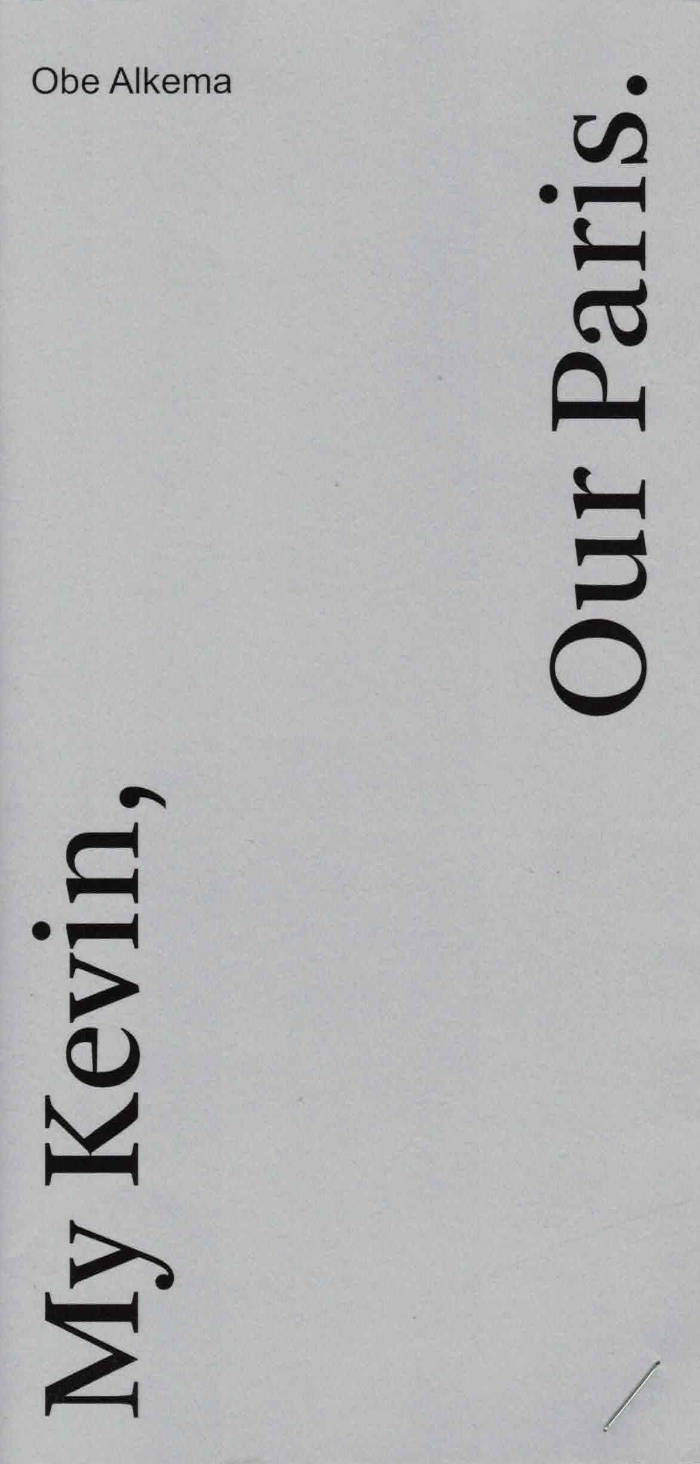
My Kevin, My Paris
In the fall of 2017, Obe Alkema got acquainted with the American poet Kevin Killian, first at the New Narrative conference at UC Berkeley, then at the Poets & Critics Symposium in Paris that was all about his poetry. A year and a half later, Alkema traveled back to Paris, this time as a participant of a writing residency. He was there to research the landscape of memory, but more than he expected and initially realized, Kevin’s death the previous month (June 2019) affected his return. Besides inevitable, mourning and remembering became obsessions for Alkema, as he shows in ‘My Kevin, Our Paris’, a memoir about Kevin Killian (1952–2019), but especially about his Kevin and their Paris.

Angst
In 1942, butcher Heinrich Angst started to set up his own business in Zurich. Today, Angst AG operates the municipal abattoir and supplies catering businesses and butchers throughout the canton. Angst is a book documenting an installation with 50 used and framed sausage wrapping papers presented at Fondation Fernet Branca in Saint Louis, France. On the other hand the book is gathering 50 systemically relevant poems surrounding writing, everyday life as a dance with obligation and panic, a society without children, fear as a fundamental quality of life and hopefulness to bury fear together.

Bruch - 1: KLITTERN (aesopica)
KLITTERN (aesopica) works through the fable ‘A Wolf and a Kid’, ascribed to the ancient poet and slave Aesop. Borrowing from and dressing up in the idioms of others, the play assembles tactics and gestures of resistance for situations where no recourse to institutionalised forms of power seems advisable. Figurations of non-participation and withdrawal appear on the scene: strategies of camouflage, practices of friendship, promises of radical change, aestheticist compensations, apocalyptic fantasies and mystical transformations.

sex and place vol 2
Adriano Wilfert Jensen, Andrea Zavala Folache
sex and place is a series of workshops and publications exploring score-based and semi-anonymous writing as a tool for articulating shared concerns.
Vol 2 ‘discores’ is written by Kexin Hao, Luca Soudant, HaYoung, Andrea Zavala Folache & Adriano Wilfert Jensen. Five strangers are stuck in changing boots next to each other and decide to embark on an intimate conversation starting from the question: “What is troubling your sexuality at the moment?”.
The ‘sex and place’ series is part Domestic Anarchism, a project devoted to coalition-building beyond biological, chosen, or national conceptions of family. Dance serves as a set of tools and knowledge that can be applied beyond “the spectacle” to collectively study, write, and move.
Andrea Zavala Folache and Adriano Wilfert Jensen are choreographers and they co-parent three-year-old Penélope Cleo. Andrea and Adriano use dance and choreography to think about the distribution of care and solidarity beyond ‘the family’, and in turn consider how such a distribution could inform their dance practice. Inevitably themes like sex, economy, gender, and class get activated. But also notions such as prefiguration, anarchism, clitoridian* thinking, zones of non-domination and coalition building. They see dance as a knowledge that can be applied to different practices. Some of these include: co-habitations, score based writing and dancing, self-organised study groups and publications, workshops and dance performances.

sex and place vol 1
Adriano Wilfert Jensen, Andrea Zavala Folache
sex and place is a series of workshops and publications exploring score-based and semi-anonymous writing as a tool for articulating shared concerns.
Vol. 1 ‘preliminiaries’ is written by Andrea Zavala Folache and Adriano Wilfert Jensen. In the midst of (learning) child care, (unlearning) performance and (experimenting with) sex, the publication interweaves three registers of writing as analogies and interruptions of each other.
The ‘sex and place’ series is part Domestic Anarchism, a project devoted to coalition-building beyond biological, chosen, or national conceptions of family. Dance serves as a set of tools and knowledge that can be applied beyond “the spectacle” to collectively study, write, and move.
Andrea Zavala Folache and Adriano Wilfert Jensen are choreographers and they co-parent three-year-old Penélope Cleo. Andrea and Adriano use dance and choreography to think about the distribution of care and solidarity beyond ‘the family’, and in turn consider how such a distribution could inform their dance practice. Inevitably themes like sex, economy, gender, and class get activated. But also notions such as prefiguration, anarchism, clitoridian* thinking, zones of non-domination and coalition building. They see dance as a knowledge that can be applied to different practices. Some of these include: co-habitations, score based writing and dancing, self-organised study groups and publications, workshops and dance performances.

Hechtmappen bieden geen soelaas
Hechtmappen bieden geen soelaas is wat overbleef na een vakantiejob waarbij de taakinhoud vooral bestond uit het verwijderen van nietjes uit verouderde documenten. Deze weken waren de bron voor fascinaties voor ongemakkelijke stiltes, gesprekken in liften, de diefstal van fluorescerende pennen en een ontplofte ventilator.
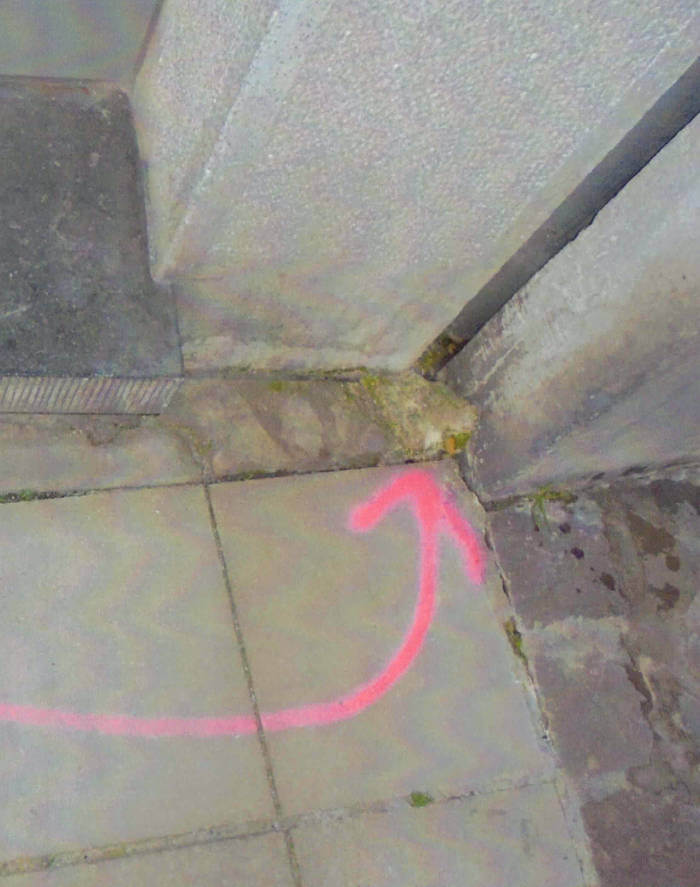

Vaders van de Brusselse Halsbandparkiet
Joren Peeters, Antonino Triolo
Remember that first time you were startled by a shrill screech, looked up and saw to your amazement a green parakeet perched on a branch in the middle of Brussels? There are some juicy and perhaps even instructive urban legends being told about the origins of the Brussels ring-necked parakeet.
Joren Peeters has collected and dramatized three of these urban legends, Antonino Triolo has illustrated them, and graphic designer Lise Leën has put them together in a kind of bird-watching book revealing the mythical origins of the Brussels ring-necked parakeet: De Vaders van de Brusselse Halsbandparkiet.
In these illustrated stories, the ring-necked parakeet appears to be a symbol of male hubris: the bird is born from the typically male, naive, unworldly and arrogant desire to impose a vision of Good on the world. The three fathers turn out to be three parodies of the hero, three tragic do-gooders.
(NL)
Weet je nog die eerste keer dat je opschrok door een schril gekrijs, opkeek en tot je verbazing een groene parkiet op een tak zag zitten – in het midden van Brussel? Er doen over de oorsprong van de Brusselse halsbandparkiet enkele sappige en misschien zelfs leerrijke urban legends de ronde.
Joren Peeters heeft er drie verzameld, uitvergroot en uitgeschreven, Antonino Triolo heeft ze geïllustreerd en Lise Leën heeft ze samengezet in een soort vogelspotboekje: “De Vaders van de Brusselse Halsbandparkiet”.
In deze geïllustreerde verhalen blijkt de halsbandparkiet een symbool voor mannelijke hoogmoed: ze zijn geboren uit het typisch mannelijke, wereldvreemde en arrogante verlangen om uw visie op het goede aan de wereld op te leggen. De drie vaders blijken drie parodieën op de held, drie fatale wereldverbeteraars.

Font News
For the very first time, the newspaper Font News, published together with the supplement Font Menu, showcases the typographic work of Erkin Karamemet from his own label as printed matter. The large format of the newspaper invites the viewer to appreciate the typefaces in large, poster-like sizes. The curated texts by Gerrit Kotsivos reference pop-cultural curiosities and are further enhanced by overlaid spreads with amusing illustrations by the London-based artist Why Ebay. This limited issue, produced as a special artist edition of only 300 copies, is something for typography enthusiasts to collect, explore, and celebrate contemporary type design.

poussière de seum
“the following text was written in July 2024 in St Imier, Switzerland.
it's a fragment of Lettres à Bébé, a book I've been writing for some time in which I - Ethan - find myself helping and communicating by letter with a Marxist Baby whose political project is not to grow up so as not to become a tool of Capital. While he develops his project and tells it to me, I live my life and tell it too, observing and commenting on the ignoble state of the world, its language, its architecture, managing my heartbeat, meeting people, working, fucking, eating (...)”. - Ethan Assouline
Published by La Dépendance, St imier (2024)

Le Soleil et l’Acier
Le Soleil et l’Acier est un recueil de textes assemblé par Laurianne Bixhain lors de clubs de lecture qui se sont tenus pendant sa résidence au Musée de l’imprimerie et de la carte à jouer de Grevenmacher (Luxembourg). Pour faire écho au travail de Monique Wittig, Roxanne Maillet a dessiné de nouvelles ligatures pour la Baskervvol, notamment une ligature « je ».

Hortus
The Hortus project is an open investigation into the nature of seemingly common objects through 'Floriography', urban gardens, and the history of female rights. Hortus was inspired by urban gardens in West Amsterdam and created with its plants by Lilia Luganskaia.
Joanna Cresswell about the 'Hortus':
History teaches us that a language of flowers can communicate endless things about the culture in which it emerged, and herein lies Lilia Luganskaia's interest. Taking inspiration from the world of 19th Century sentimental flower books, Hortus presents itself as a set of notes towards a modern handbook for contemporary floriography, considering what the discipline might look like today. By collecting common flora across one year in the urban gardens around her home in Amsterdam and cross-referencing their meanings with publications from the past, Luganskaia reflects on their natures, their roles, and the symbolic familiarity they might hold for the communities living with them. A female artist and reader of the twenty-first century, she seeks out the essence of modern life through her lens, and through flowers, just like the women who came before her.
Lilia Luganskaia (1990) Russian - Dutch multidisciplinary artist and author, based in Amsterdam. In her artistic practice, Lilia uses her background in documentary techniques to focus on what she calls ‘investigating reality’. Her practice is research-based, Lilia decodes abstract notions such as love, tourism, bureaucracy, politics, and feminism through the use of constructed images, sculptures, videos, and installations. One of the key elements of her work is to understand multiple aspects of the photographic image.
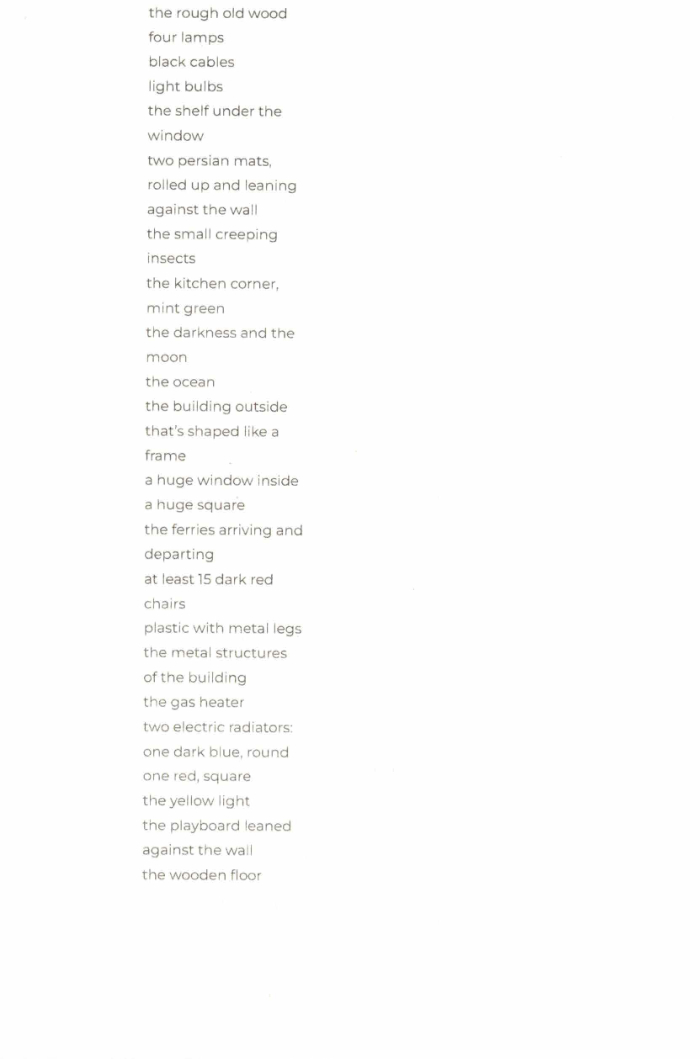
It Absorbs: On Dance as a Porous Art Object
It Absorbs: On Dance as a Porous Art Object is an essay written alongside the making of the piece dead dead document that premiered at MDT in Stockholm 2024. The essay was published in a publication that was presented together with the Reading Edge Library. The text traces contextual and material histories that the process was engaging with and questions the relationship between dance as artistic practice and place aswell as an an economy that force artists to move on.
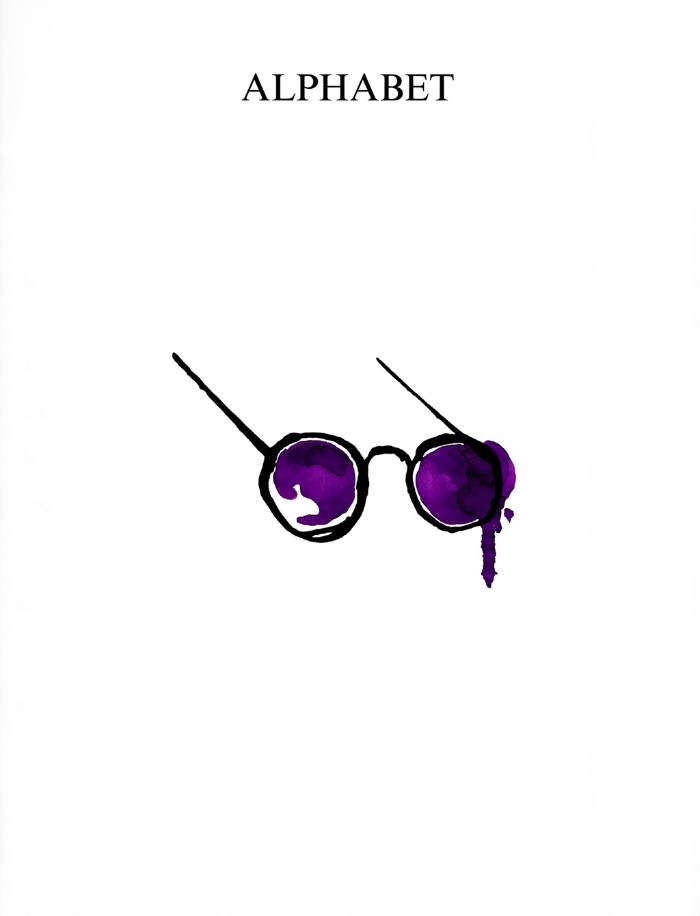
Alphabet Magazine #01
The first issue of the magazine made by artists, founded by Donatien Grau and Thomas Lenthal. Contributions by Mathias Augustyniak, Naomi Campbell, Théo Casciani, Michael Chow, Pan Daijing, Es Devlin, Claire Fontaine, Edwin Frank, Theaster Gates, Nicolas Godin, Alejandro Jodorowsky, Hedi El Kholti, Michèle Lamy, Paul McCarthy, Ian McEwan, Eileen Myles, Marc Newson, Hans Ulrich Obrist, Diana Widmaier Picasso, Ariana Reines, Barbara Chase-Riboud, Julian Schnabel & Jason Momoa, Hanna Schygulla, Juergen Teller, Iké Udé, McKenzie Wark, Robert Wilson, Yohji Yamamoto.
Alphabet is the artists' magazine. Here, they run the show. They write, they make images, they select their own works, they interview the figures they admire, they tell us what we did not know about them nor could have ever fathomed about life. This magazine is conceived entirely to put them in the driver's seat, and to enable readers to become part of the unique vision of some of today's greatest luminaries.
It is a manifestation of the creative community, coming together from all fields, from all generations and threads of culture. Writers, musicians, designers, painters, sculptors, poets—artistic figures of every kind converse all the time in their lives, but they did not have a shared space for their editorial projects. This is it.
Everyone who finds their way into Alphabet has made a mark on life, art, and culture, in a way that signals their importance to the present. Some of the contributors may be world famous, others well respected, others on the way to becoming the legends they already are. Their relevance to culture is the same, and that is why they all belong here, in the endeavor of the creative community. There is no hierarchy of status, or domain, or apparent impact. Some of the greatest revolutions happen undercover. Some of the most established voices are still breaking ground. The magazine's premise is simple: the old opposition between pop and underground does not make sense anymore. There are many creative communities, each following its own rules, each inventing its own space. Here, wherever they come from, whatever their community, artists can exist together, with the same intention of changing, and improving, what life is; with the same belief that art matters more than anything else.
None of the contributors is here randomly. They keep life thrilling and exhilarating, challenge the perception of everything and anything. Their role in shaping every aspect of life can hardly be overstated. That is why they needed a place to elaborate their own alphabet, their way of ordering and structuring language, the world, and the fabric of life—a place of freedom, where everything would be done to highlight their visions, where the very design would be a shrine to their magic. Even the distribution of the magazine was conceived with artists—each contributor suggesting sites of their liking.
Alphabet is also the magazine of magazines. Here, readers find essays, fictions, poetry, visual projects, DIY methods, recommendations from those who know, even games and astrology—and an artist's alphabet, articulating an entire universe. Anything that has ever formed a section of a magazine could find its way here. Even the cover is conceived by an artist: it was conceived especially by the legendary Robert Wilson. Artists will rejuvenate what magazines are, and magazines will be kept forever young by and with them.
Founded by Donatien Grau and Thomas Lenthal, Alphabet is a bi-yearly art magazine. Not a magazine about art. It's a magazine made by artists. Each contribution like an œuvre, making it the ultimate collector piece. Each cover is designed, with the word Alphabet, by a different artist, initiating a cult series.

échos
ÉCHOS is an intuitive investigation, redacted by using a compact digital camera. Those photos date from 2014 to 2018 and were shot in and around Brussels (up to 1350 km away), at any time of day or night, following a simple desire to look at things intensely and interpret signs playfully.
200 numbered copies
212 pages color photography printed in BE
With an introducing text by Constantin Carsoux
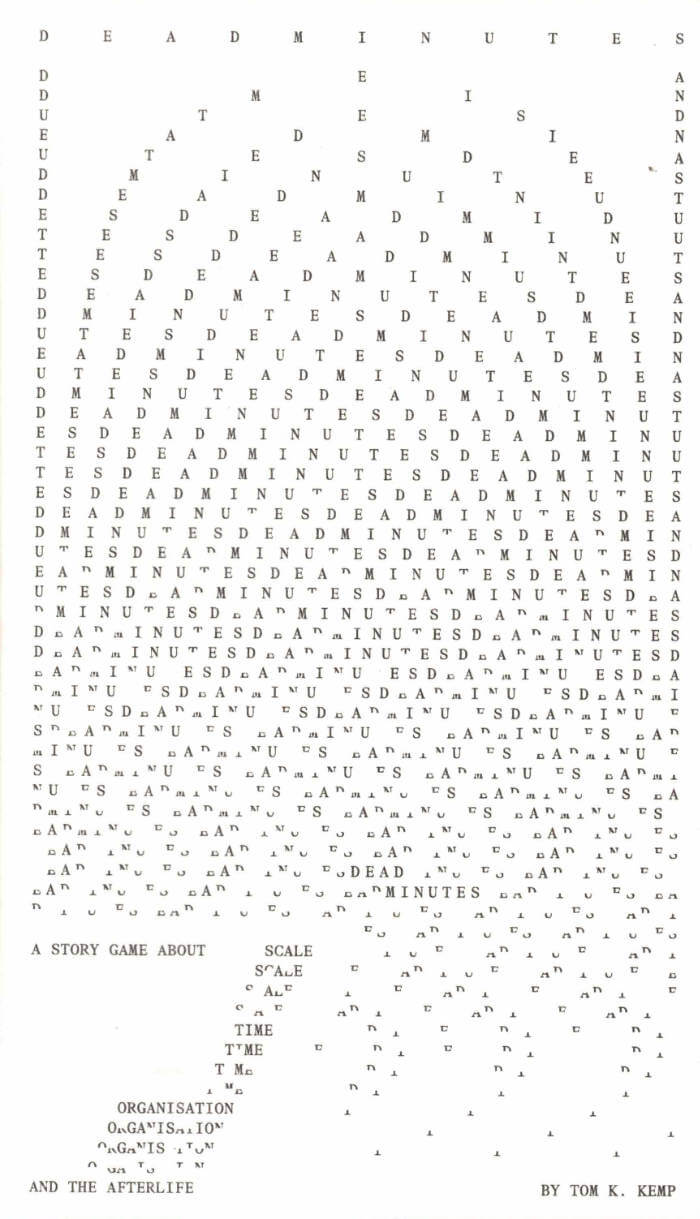
Dead Minutes
Dead Minutes is a storytelling game about systemic change in an undesirable afterlife. You, the players, will decide what this hell, underworld or land of the dead is like, what its problems are, how change happens there, and what the complications might be when altering something so big, involving so many dead people, over so much time. It’s a game about impossible seeming actions at impossible seeming scales, making difficult choices, and dealing with unexpected outcomes.
The first half of this book gives you everything you need to play a session of Dead Minutes, which takes 2-5 hours with 3-6 people.
The second half features an essay by Patricia Reed that expands on the concepts of heuristic fictions and vital zombies in relation to the afterlife, and a series of afterlife generating 'seeds' contributed by different types of writers - a demonic boardroom presentation by writer and art critic Habib William Kherbek, a ritual from horror game designer Samuel Clarice Mui Shen Ern, a premise by Arthur C Clarke award winning author Chris Beckett, and a letter from Selma Selman.

Mycoscores / Choreospores
Mycoscores / Choreospores is a set of artistic scores for exploring the connections between fungal and human ways of being, particularly through movement and dance. The scores propose starting points for dancing, weaving together social connections, composing and exploring performativity.
The publication consists of 31 cards, each presenting a single score, a booklet with a text entitled Fungi Feel, the introduction, instructions, a glossary and additional short text entries accompanying the scores.
Scores, writing and concept by Maija Hirvanen
Graphic design: Arja Karhumaa
Publisher: Friends of Physical Contemporary Art, in the frame of Performing Portals project. In collaboration with DAS Research/DAS Publishing, Academy of Theatre and Dance, Amsterdam. Published Jan. 2024